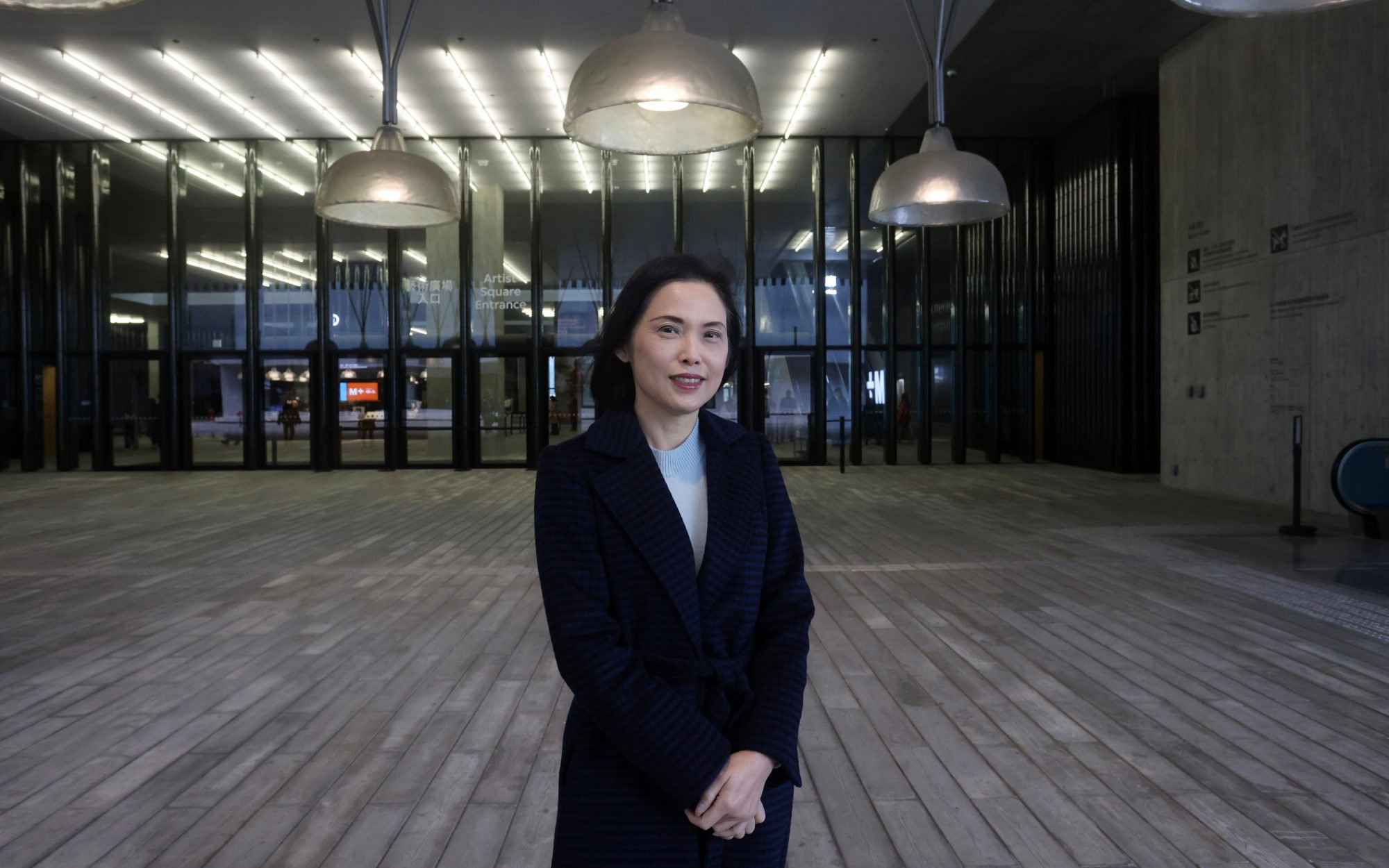Hong Kong’s leader aims to elevate the city into a “world-class high-end art trading hub” to rival New York under measures to be revealed in his fourth policy address next Wednesday, the Post has learned.
Efforts to strengthen the city’s multibillion-dollar art trading industry would include boosting services in financing, insurance and professional training, and designating maintenance and storage spaces in a cultural hub and near the airport, a government source said.
The move will align with the central government’s 14th five-year plan, which states that Hong Kong should become an East-meets-West centre for international cultural exchange and consolidate its leading position in the international art market.
“Hong Kong has the potential to become a world-class high-end art trading hub alongside New York,” the source said.
“The authorities can offer a much more comprehensive ecosystem, ranging from infrastructure, financing, insurance, tax incentives and professional training.”
According to the Census and Statistics Department, the total traded value of artworks, collectors’ pieces and antiques in Hong Kong reached around HK$105.5 billion (US$13.5 billion) in 2023, making the city one of the world’s top three art trading centres.
The source said Chief Executive John Lee Ka-chiu would announce plans to host art galleries and workshops, and provide dedicated storage spaces at Airport City, an HK$100 billion infrastructure project to be completed in phases between 2026 and 2031 that will also encompass a yacht marina and water park.
The Artist Square Towers – three commercial buildings to be completed in 2026-27 at the West Kowloon Cultural District – could house financing and insurance companies handling art transactions. They could also provide art maintenance services and training for professionals, according to the source.
Betty Fung Ching Suk-yee, CEO of the district’s managing authority, told the Legislative Council earlier this week that she would speak with the towers’ developer to see if there was space that could be rented to auction houses or businesses in the art industry.
The developer of the 65,000 square metre (699,654 sq ft) parcel of land is Sun Hung Kai Properties. The company will build the towers and operate them for 47 years before transferring ownership to the authority.

Bernard Chan, the authority’s vice-chairman, said the government’s commitment was important to industry development, as more initiatives were needed to create a richer ecosystem for Hong Kong to raise its global status in art trading.
“Currently, most global experts in the art insurance field are working in the UK and Singapore. If Hong Kong’s market can grow much bigger and create a critical mass, we can attract the expertise and those insurance companies will be more willing to set up offices in the city to cater to the needs of their clients,” he said.
Chan said that art insurance was a very specialised field, with professionals who must understand the value of a wide range of art to properly estimate the risks and possible compensation involved.
He added that the authority could take the opportunity to make good use of its commercial areas by attracting business tenants that dealt in high-end art pieces.
According to Patricia Crockett, senior director of the David Zwirner gallery in Hong Kong, many local and overseas clients store a significant proportion of their art collections in the city because of its “very safe and professional” storage companies and facilities.
David Zwirner has locations in New York, Los Angeles, London, Paris and Hong Kong.
“Rather than replicating the models of New York or London, Hong Kong should continue to take advantage of and highlight the qualities that make it unique in its special role as a connecting hub for China and Asia,” she said.
“It is a complex multicultural and multilingual city like no other.”
Crockett stressed that Hong Kong’s tax incentives were key to securing its status as Asia’s art world centre and could benefit from more tax-friendly regulations to ensure strong public collections in local museums and institutions.
“The city would benefit from raising support for artistic talent, from more school and university programmes, subsidising studio spaces and funding artist grants and residencies,” she said.
“There are a few important non-profit spaces that are filling this gap, but it would be great to see further support to foster their artistic development.”
According to the “Art Basel and UBS Art Market Report 2025”, mainland China and Hong Kong were collectively the third-largest art market globally last year, accounting for 15 per cent of sales by value, behind the US at 43 per cent and the UK at 18 per cent.
The government said last year that it planned, with the expansion of Airport City, to create an ecosystem for the arts industry that integrated art creation, appreciation, exhibition, trading and storage.
The West Kowloon Cultural District Authority was also tasked in last year’s policy address to promote the creation of an art trading ecosystem and attract major auction houses and art galleries. — SOUTH CHINA MORNING POST




